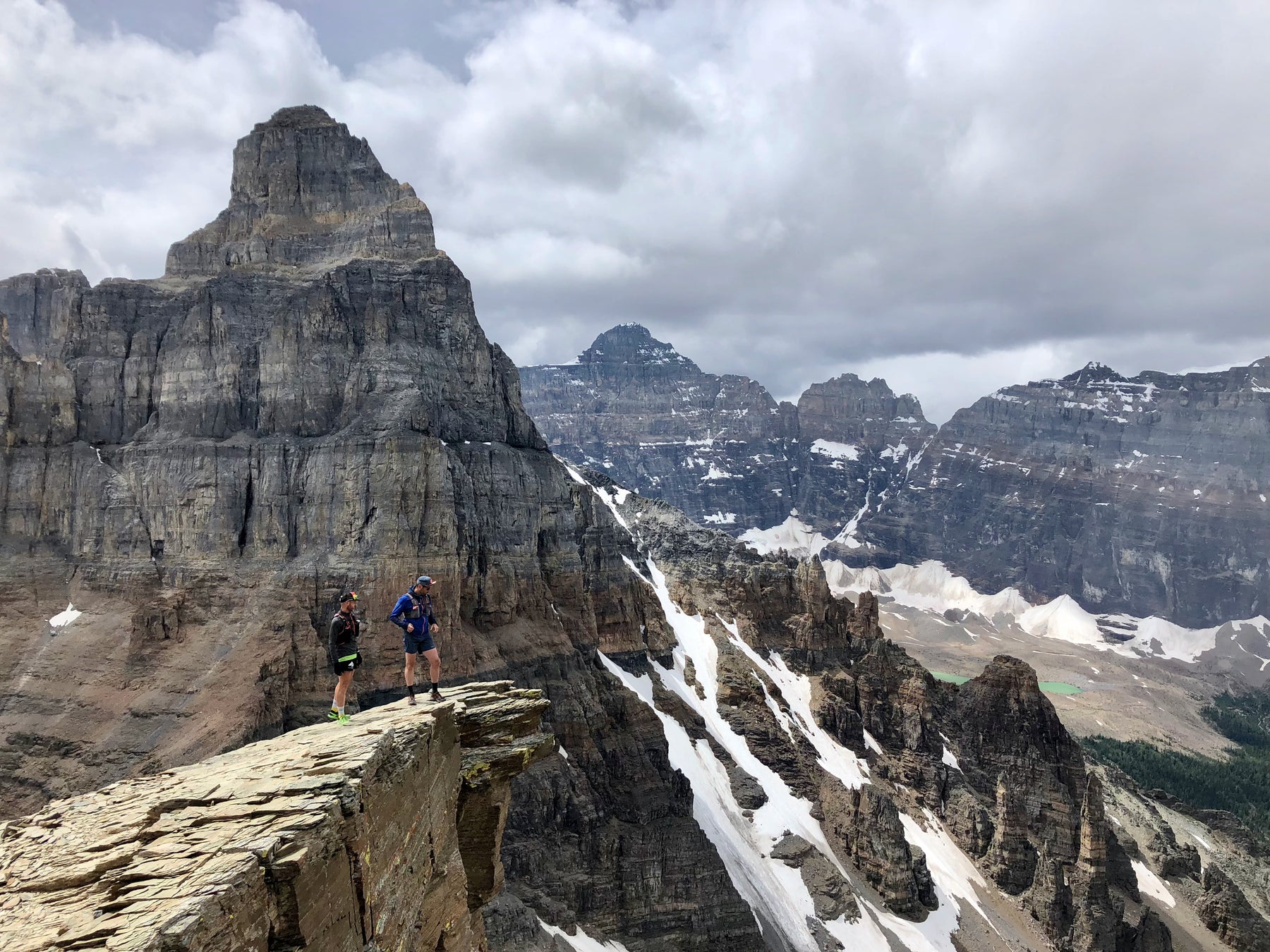Order over $100 and get Free shipping in Canada
Free shipping Across Canada On Orders Over $100

If you've shopped for a fresh pair of road or trail runners at RunUphill, our technical experts most likely asked you a variety of questions about your running. The same way a doctor or a physiotherapist asks about your medical history, we ask about your running history to recommend to the best of our knowledge the best tools for what your running is like.
The truth is, there is no one-shoe-quiver that works for all feet and all runners. Different shoes serve different purposes and understanding these different tools and what they are meant for can help you make well-informed decisions for your feet. At the end of the day not all shoes serve a single purpose, but here's how we generally organize them in categories.


Who these are for: If you like your shoes to feel fast and you like the feel of having little on your feet, racing shoes are for you. Also, if you suffer from knee, hip or back injuries, shoes that encourage more natural mechanics will reduce the stress on these parts of your body. Racing shoes also encourage a more efficient and dynamic stride. Shoes of this class are usually better suited to faster trails like horseshoe, the Nordic centre and Highline to name a few.
Who these are not for: If you are looking for a shoe specifically to run ultra-distances (50km +), racing shoes won't offer as much cushioning and comfort once your legs get really tired. Keep in mind that well-adapted runners often run up to 50 km or 50 miles distances in racers. Runners with a history of frequent foot, ankle or calf injury should choose a shoe that offers more cushioning to lower the stress on the foot and the ankle.
Examples: Scott Kinabalu RC2.0, Altra Superior, La Sportiva Helios III, La Sportiva VK Boa, Inov-8 Trailtalon 235, Scarpa Spin 2.0


Who these are for: Most runners should have a shoe of that category wether it is their only shoe or part of their quiver. These “light-trainers” shoes combine good protection, adequate cushioning and solid performance. These shoes should feel at home on just about any trail, but really come in handy on mid distance trails with tons of variety of terrain. From lesser-technical trails around town to ascents like Ha Ling and longer trails like the Rockwall, lightweight trainers are almost always a solid option.
Who these are not for: Again, you might want a shoe that offers more cushioning for ultra-distance racing. Runners looking for a mountain-specific shoe for scrambling and loose terrain should be looking for burlier options whereas runners looking for fastest-feeling high-performance shoes should look at racers.
Examples: Asics Fujitrabuco Lyte, Brooks Catamount, Altra Lone Peak 5, Altra Timp 3, Inov-8 Terraultra 270 G, Topo Terraventure 2


Who these are for: If your jam is bashing scree and tagging summits or if you are looking for a hiking or scrambling crossover, these shoes are at home in the most rugged places. Most people keep these shoes for mountain runs like the Yamnuska loop, Northover ridge, EEOR and other lesser-traveled alpine circuits.
Who these are not for: These shoes are surprisingly versatile, however they often feel stiff or provide too much support for less technical terrain. Runners with wide feet have a bit more trouble finding shoes in that category since the fits are usually more precise.
Examples: La Sportiva Bushido 2, La Sportiva Cyklon, Scarpa Spin Ultra, Scott Supertrac RC 2, Scarpa Ribelle Run, Topo MTN Racer, Topo Runventure 3, Scott Ultra RC


Who these are for: Runners who run lots of ultra-distances will almost always have a maximalist shoe as part of their quiver. Runners with a history of frequent foot, ankle or calf injury can benefit from using maximalist shoes. Think of these shoes as specialized tools for really long runs and ultra-marathons rather than shoes to do all your mileage in.
Who these are not for: Runners looking for a fast-feeling shoe should look for something lighter and thinner. If you suffer from knee, hip or back injuries, or if you want to develop a more efficient stride you should spend more time in thinner shoes.These shoes aren’t usually designed for technical terrain and looser terrain. As a result they will have poor durability if you encounter scree or sharp terrain on your runs.
Examples: Asics FujiTrabuco Max, Altra Olympus 4, Brooks Caldera, La Sportiva Jackal, Scott Supertrac Ultra RC

{"one"=>"Select 2 or 3 items to compare", "other"=>"{{ count }} of 3 items selected"}